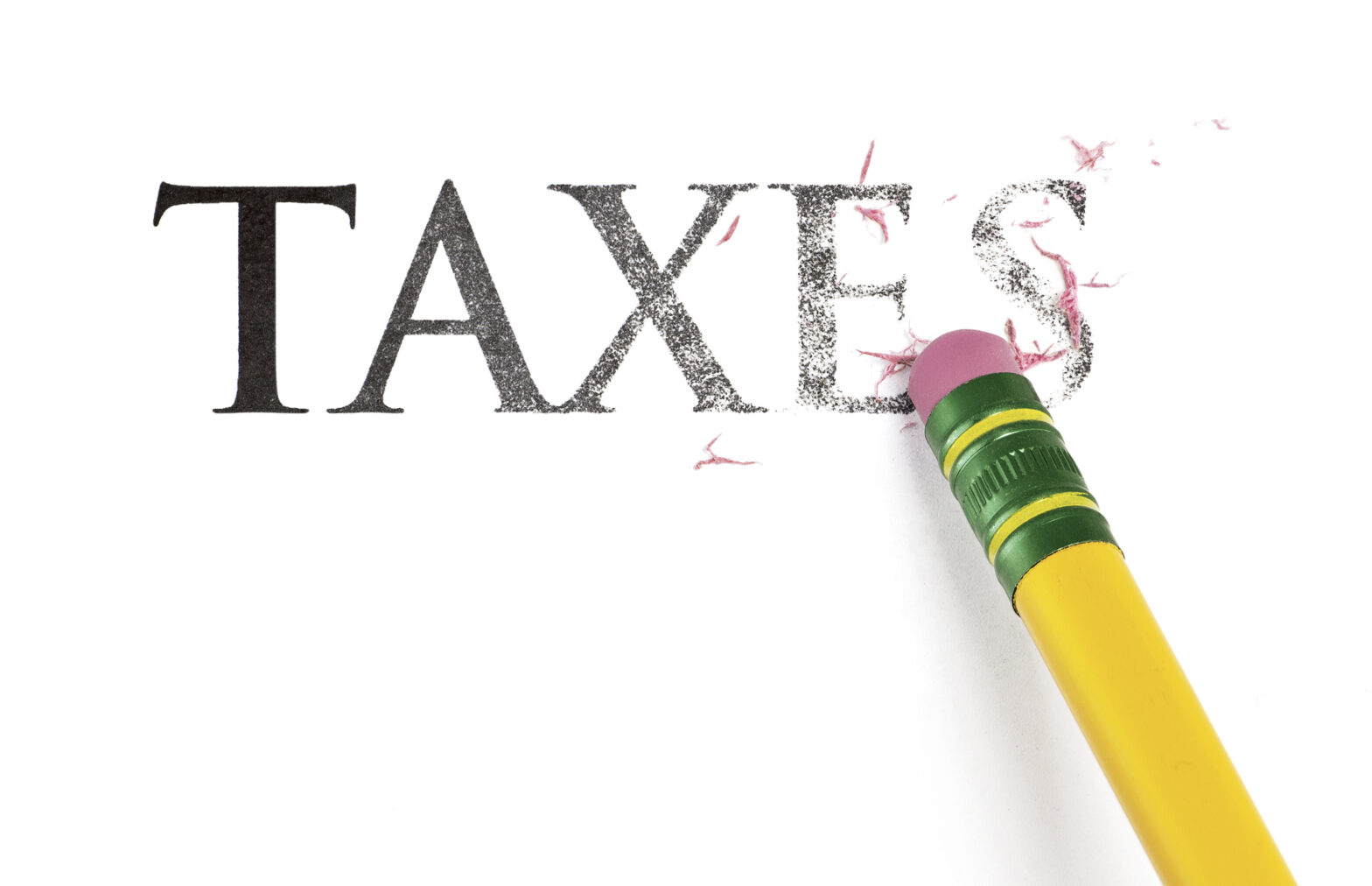R&D (research and development) tax relief has proven to be a strong incentive in helping UK businesses become more innovative and strive to become world-class. The scheme, which enables companies investing in product or service improvements to apply for significant tax breaks, appears to be delivering value for money too.
A 2015 evaluation by HMRC suggested that for each £1 of tax foregone, businesses were spending between £1.53 and £2.35 on R&D activity.
R&D tax relief has led to the write-off of billions of pounds in tax payments for a wide cross section of companies, including many small businesses, but its popularity has also prompted greater scrutiny from the tax authorities.
While the UK government remains committed to extending this measure to drive further innovation within business, companies applying for it can expect a tougher ride from HMRC in getting their claims approved going forward.
Most small businesses which invest in developing innovation will be well aware of R&D tax reliefs and the financial benefits this can deliver. Since the scheme was introduced by the government in 2000, there have been over 170,000 claims with a total of £16.5 billion in reliefs secured by UK companies.
Start a claim
Last year alone, £1.3 billion was claimed by small businesses across the UK under the SME scheme. Nearly 22,000 SMEs applied in that time, an increase of 22 per cent.
In last year’s Autumn Budget, the Chancellor announced a further £2.3 billion investment for R&D tax relief. To address concerns of this measure being abused, he also put forward an additional £155 illionm to help HMRC tackle tax avoidance, evasion and non-compliance.
They also announced 18 new measures to tighten up on these areas which they expect will secure an additional £4.8 billion in annual tax revenues between now and 2022-23. This is a considerable figure, underlining the extent of HMRC’s focus on scrutinising tax relief claims and ensuring only those which fully meet the criteria are likely to be approved.
While small businesses with legitimate R&D expenditure will still be entitled to claim for tax relief, preparing their claims is likely to become a much more difficult process. The chances of being challenged are set to increase with potentially serious consequences for those business which get it wrong.
Even before the extra resources were given to HMRC in the Autumn Budget, the agency was already clamping down on large businesses, challenging a quarter of the value of all R&D tax relief claims last year, significantly more than the six per cent from the previous 12 months. 40 per cent of large businesses making claims over the 2016-17 period were investigated.
The additional Treasury funding for HMRC means that not only will figure likely rise, but we can also expect to see a much greater level of scrutiny of claims made by SMEs.
Securing R&D tax relief
What, therefore, can small businesses do to ensure their claims for relief are robust and suitably presented so they are able to secure the R&D tax relief they are entitled to and avoid the unwanted diversion of a full HMRC investigation?
As an advisory firm specialising in the area of R&D tax relief, we have a regular dialogue with the HMRC. It is clear from those discussions that many businesses are falling short in providing clarity within their claims about how they managed to overcome technological uncertainty within their research and development activities.
The mistreatment of grants and incorrect headcount allocations are other key areas where claims are being rejected.
There’s no simple solution in how companies address these shortcomings as this is dependent on their internal resources as well as their wider knowledge base of their industry sector and how their R&D activity adds value to that. Some small businesses may have in-house access to this expertise but many will not.
They will need to consider enlisting additional support in making claims to ensure they suitably demonstrate what qualifies as expenditure on innovation, clearly highlighting how this would increase competitiveness within their sector.
It is not an over-statement to say that failure to submit a well-presented R&D claim could prove disastrous for a small business. Any breach of the rules means an existing claim can be fully retracted and it also puts at risk any eligibility for future claims.
Dealing with rejection
A rejection could be followed with a review of company’s tax records from the previous six years which could be extended up to 20 years if HMRC inspectors believe deliberately misleading transactions have been submitted.
As the above statistics show, R&D tax relief has helped many small businesses throughout the UK enhance their processes and develop new and improved offerings. While additional government commitment to further support this incentive means SMEs can continue to grasp this opportunity, it is now vital that they get it spot-on when making a claim.
Securing the maximum amount of R&D tax relief is a priority for any small company investing in innovation but what is now of equal importance is that this is done applying an in depth understanding of how an investment in innovation will raise the baseline within their particular industry.
In the same manner that R&D tax relief is driving innovation and raising value for many small businesses, the highest standards will need to be applied when applying for it to ensure companies capture the benefits and avoid the pitfalls of a rejected claim.
Scott Henderson is managing director at Jumpstart





